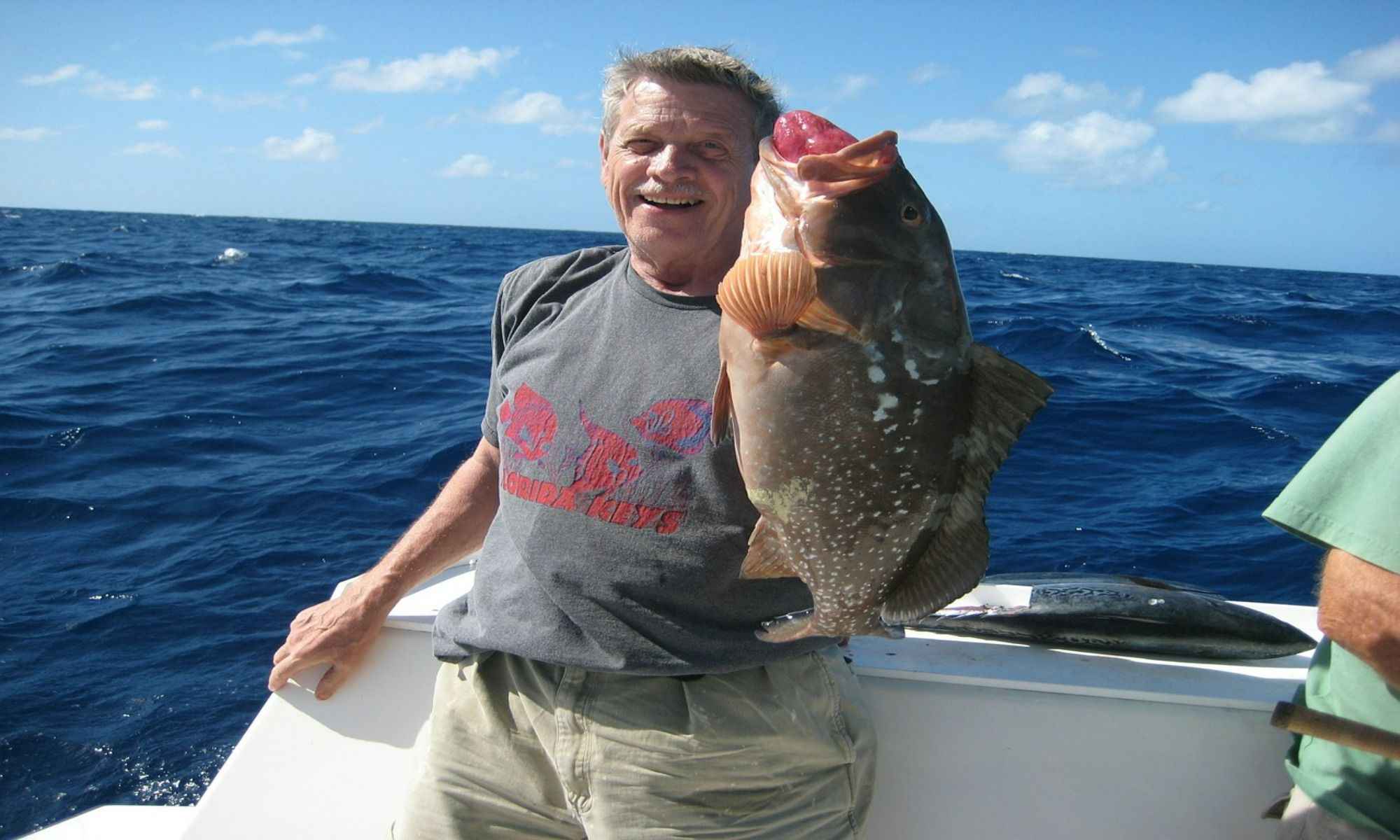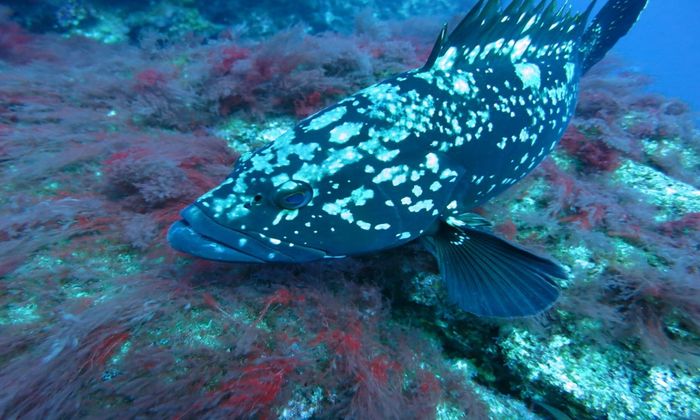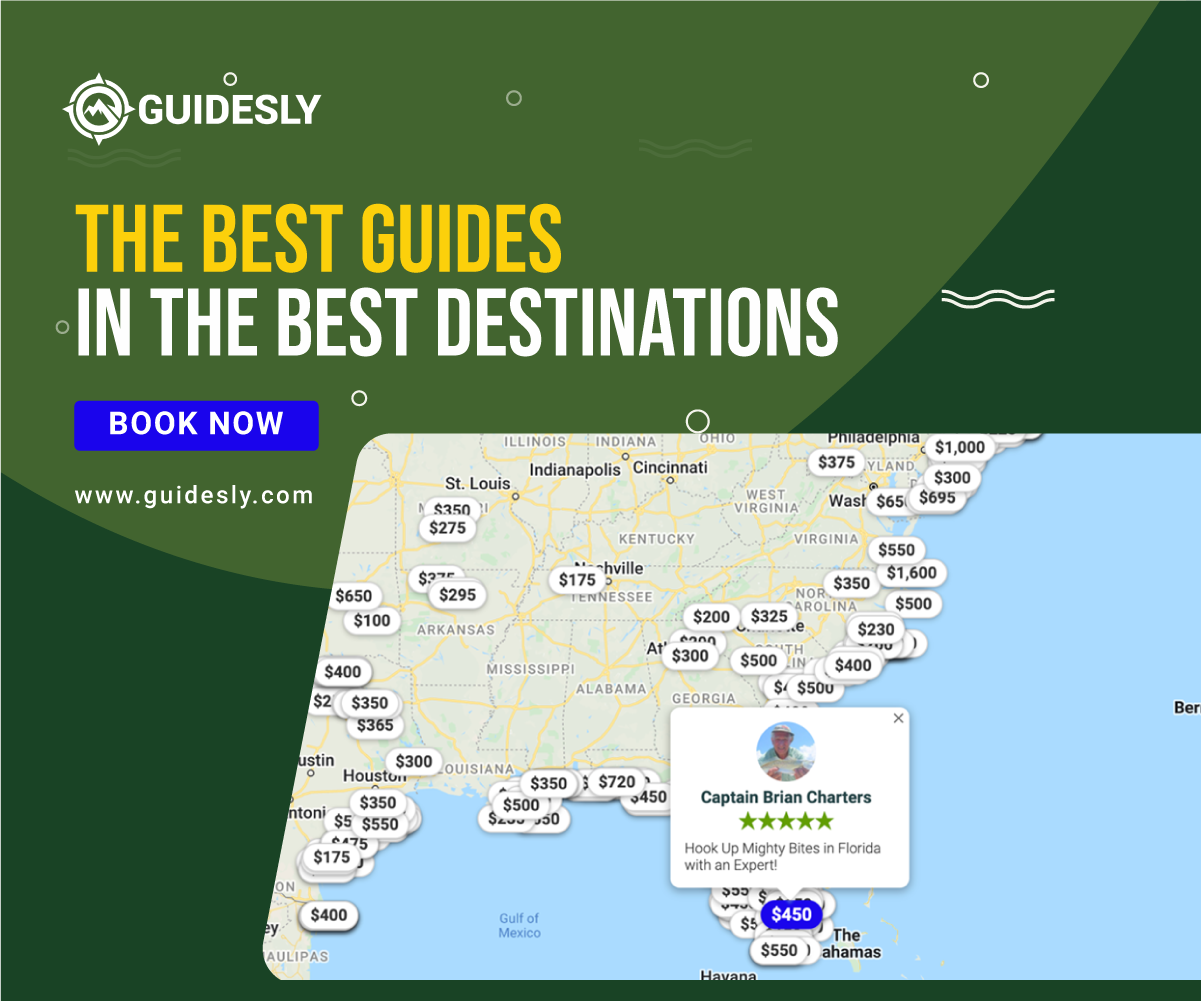How to Catch Grouper Near Bridges
Everything anglers need to know about catching grouper on bridges.

Grouper fishing is slowly becoming one of the more popular ways to catch fish in the south. States with warmer climates like Florida and Texas are the best places to catch them. One thing that makes grouper great for fishing is similar to why game fish like bass and catfish are popular. Grouper species can grow an average of 30” and weigh up to 50 lbs. In addition to its size, they’re also fierce fighters that will struggle even when brought on board. Another reason they’re so popular among anglers is the quality of their meat. Their meat tastes great enough to be a popular target among commercial anglers.
Since grouper are mainly found in the Gulf of Mexico and the Atlantic, one way to fish is on a boat. Though fishing for them offshore may be ideal, it can be a little expensive. Buying a boat in itself is very expensive, but other fees like storing and maintenance go on top of that. One solution for a budget-friendly fishing trip would be renting a boat or hiring a guide. These charge by the hour and are great for tourists to experience Florida’s incredible ocean views. Anglers intending to catch grouper can do so on piers and bridges to take it a step further. They’re open to the public with no costs other than a fishing license and can be just as fruitful compared to offshore fishing on a boat. Piers specializing in catching grouper like the Skyway Fishing Pier also have stalls that rent out fishing equipment. For those on a budget but still want to catch big trophy fish, fishing on the bridge may be for you. Here are some tips for fishing on a bridge.
Grouper Fishing On a Bridge: Everything You Need to Know

1. Follow the Water
In most cases, when fishing, it’s always good to follow the flow of the water. This is especially true when fishing on bridges. When going against the water, lures, and lines can often get to awkward places. Its flow can even guide the line behind you, creating more stress when reeling in a big bite. As grouper fishing can provide tough fights, it’s best to keep the line stress-free. Not doing so can cause the line to snap easier. Many fish finders and mobile map applications can quickly determine how the water flows in a specific area. Although in most cases, bridges packed with anglers will often fish on the same side anyway.

Of course, when talking about currents underneath bridges, it’s always good to fish in places where the water isn’t as rough. As grouper are saltwater fish, waves are inevitable. However, going when the winds and waves aren’t as strong is a good idea. Fish, in general, are much harder to catch during these times, so anglers have to plan accordingly.
2. Target Structures
When fishing during the daytime, it’s best to hit up specific points of interest. As the sun’s heat gets too hot, the water temperature also rises. In turn, many fish either swim into deeper water sections or hide in the shade. Man-made structures like the legs of bridges can be home to nearby grouper. Debris like concrete or planks from when the bridges were made can sometimes be littered across the water. Having been claimed by the ocean, algae, and seaweed can be found on it and serve as great places for fish to hide. Placing a lure nearby can lead to a bite.
Since lure placement is an important part of fishing for grouper on bridges, fly fishing is the most preferred technique. Fly fishing emphasizes casting; using the technique is a great way to place lures in hard-to-reach places.
3. Prepare the Right Gear
The trickiest parts are probably trying to reel the grouper when fighting grouper. Grouper are big fish. Often, fish like black grouper weigh up to 20lbs and can be as large as 53”. With its size and aggressiveness, anglers need to come prepared. Using a reel that can pull 20 lbs at the minimum while handling the stress of drag is a must. Since this is about fishing on bridges, anglers will reel them from a higher place than usual. Anglers have to be prepared and bring in more fishing lines than usual. Pair the reel with an 80lb braided line and a 100lb leader to lessen the chances of the line breaking. There isn’t much to prepare when choosing which bait to use. Grouper will most likely feed on anything, but it’s best to use bait that’s local to the area as a rule of thumb. These fish rarely nibble at bait and will often bite.
One thing anglers hope never to encounter is to have threshers and sharks latch on to grouper being reeled in. In cases like these, the line will likely snap with the extra weight. Anglers can still try to reel in the line in hopes that the predator gives up or loses its grip.
4. Move Around
Most piers are quite big. There are plenty of places to cast lures and find the perfect spot. It’s never a good idea to stay in one place for too long, especially when fish haven’t been biting. Of course, areas with too many anglers in one spot also aren't good. One way to make the most of any fishing trip is trying to catch from different places. Fishing on bridges is a unique experience, so targeting other fish can also be just as fruitful. Anglers can also try fishing on the shores of the beach while targeting the legs of the bridge. It’s advantageous to fish on a bright day as the angle is much better than fishing on the bridge itself. All in all, it’s best to try different areas when fishing on a bridge.




